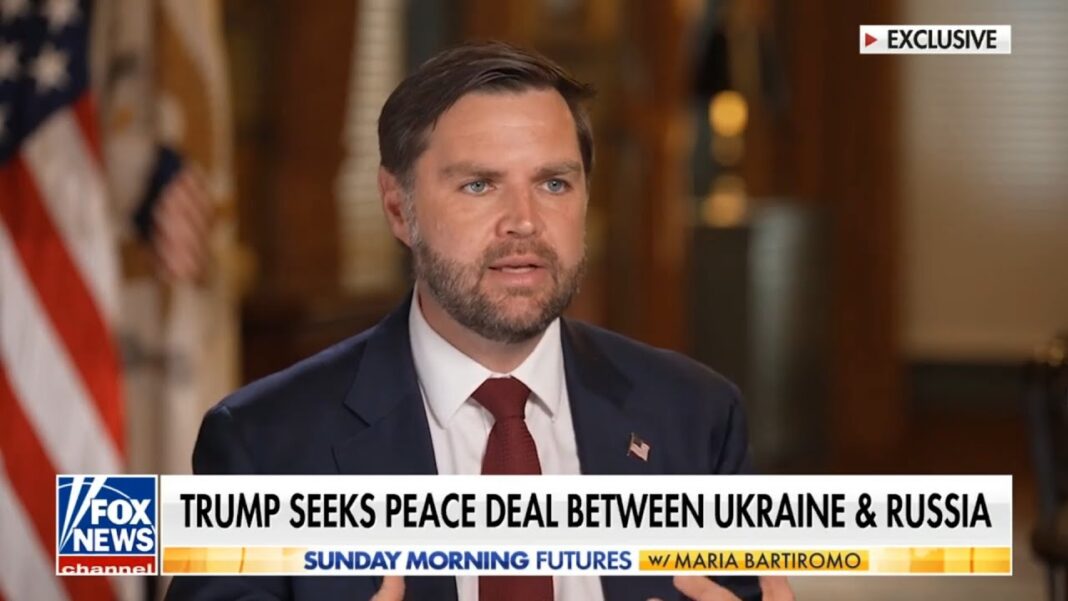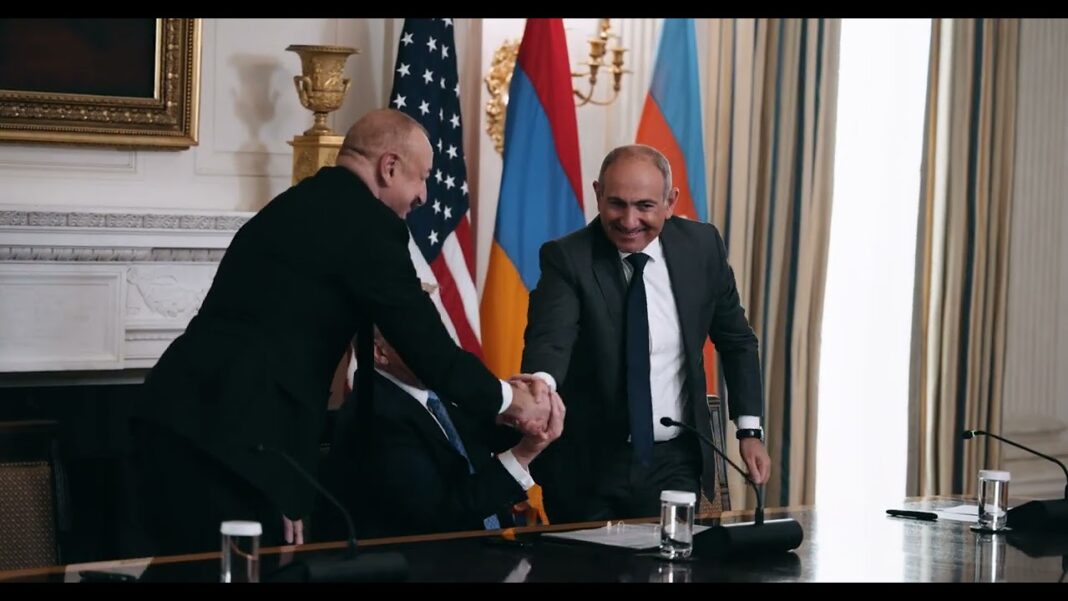The president said he ordered two nuclear submarines redeployed in response to ‘provocative statements’ by former Russian President Dmitry Medvedev.
Last week, around the time President Donald Trump cut down his deadline for Russia to accept a cease-fire deal with Ukraine, he announced he had also ordered a pair of U.S. nuclear submarines to be repositioned to respond to a perceived threat by former Russian President Dmitry Medvedev.
Detailing the decision in an Aug. 1 post on his Truth Social platform, Trump said Medvedev made “highly provocative statements.” Trump said he ordered the submarine movement “just in case these foolish and inflammatory statements are more than just that.”
Submarine movements are typically shrouded in secrecy, and Trump’s Aug. 1 decision to announce such a deployment marks a rare flex of U.S. nuclear firepower.
“Words are very important, and can often lead to unintended consequences,” Trump’s Aug. 1 social media post continued. “I hope this will not be one of those instances.”
Just days earlier, Trump had announced he’d reduced a deadline for Russia to reach a cease-fire with Ukraine to avoid new U.S. sanctions and tariff actions.
Responding to Trump’s escalating cease-fire deadline, Medvedev had taken to X on July 28 to write that each new ultimatum by Trump is “a threat and a step towards war.”
Trump did not specify in his Aug. 1 post exactly what Medvedev said that prompted the repositioning of U.S. nuclear forces.
Medvedev may have also triggered Trump’s nuclear submarine announcement with a July 31 social media post referencing the “dead hand” system, which enables Russian nuclear forces to launch automatically if a nuclear strike on Russia is detected.
Facing questions about the submarine deployment on Aug. 4, the president told reporters that the submarines had already arrived “where they have to be.”
Exactly where these two U.S. nuclear submarines are is unclear. It’s also unclear how far they actually moved, if at all, following Trump’s Aug. 1 announcement.
By Ryan Morgan







